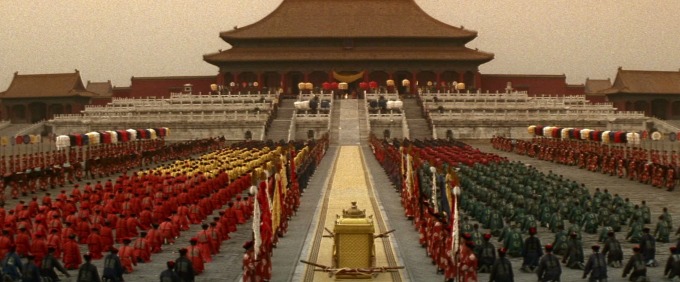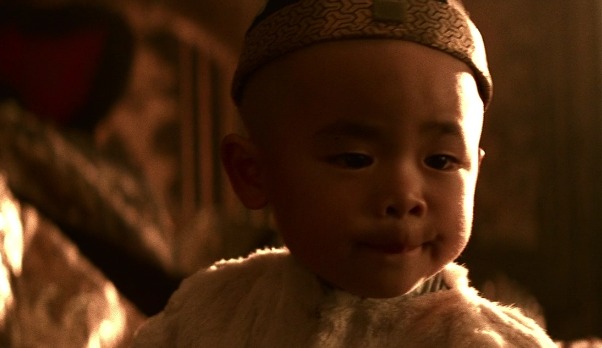 Converting classic and well loved films to the 3D format is a dividing practice. There are lots of voices on either side, with many shouting about the destructive and reductive qualities of the format; others choosing to ride with technology, embracing the benefits that are to be found. Certainly over the last few years we have seen some fantastic conversions, such as JURASSIC PARK last year. Then again JURASSIC PARK is a film which by its cinematic nature is perfect for the format – who doesn’t want to see amazingly designed dinosaurs in 3D? The big question is whether THE LAST EMPEROR is the right kind of film to convert? And has a good job been made of it?
Converting classic and well loved films to the 3D format is a dividing practice. There are lots of voices on either side, with many shouting about the destructive and reductive qualities of the format; others choosing to ride with technology, embracing the benefits that are to be found. Certainly over the last few years we have seen some fantastic conversions, such as JURASSIC PARK last year. Then again JURASSIC PARK is a film which by its cinematic nature is perfect for the format – who doesn’t want to see amazingly designed dinosaurs in 3D? The big question is whether THE LAST EMPEROR is the right kind of film to convert? And has a good job been made of it?
Firstly, I am very happy to report that THE LAST EMPEROR has received a magnificent conversion. The film has always had an exceptional visual palette, which is only enhanced and improved with this new release. This is most notable during the scenes in The Forbidden Palace, the extra depth given to the film helping the previously beautiful colours shine that little bit brighter, and bringing the awesome sight of thousands of men kowtowing to a child emperor up to a visually arresting level, which the film struggled to achieve before. So many scenes are now simply breathtaking.
Naturally, this is a subtle conversion. With the film not having been shot to accommodate fairground-esque gimmicks of some 3D movies, there are no moments where the technology is used to throw objects at the screen or create jumpy scares. There is nothing wrong with these tropes. The previously mentioned JURASSIC PARK uses them all with aplomb. But there seems to be a fear among people that if something is converted into 3D then it will lose its soul in place of these stunts. This simply isn’t true. When done well, a conversion enhances the film’s aesthetic, matching the story. If it’s a film about people running away from dinosaurs, then have them come out of the screen at us. If it’s an epic which uses its visuals to comment on the protagonists’ irrelevancy, then increase the scope and scale of those images.
Its discussion on 20th century China is both intelligent and restrained in its approach.
For those who haven’t seen the film, it is absolutely worth watching for the whole cast’s performances, the grand sweeping story and the beautiful cinematography. Its discussion on 20th century China is both intelligent and restrained in its approach. It enquires into the political and social turmoil of the time, but does so through an impassive character, thus avoiding dictating one view above all others. THE LAST EMPEROR if seen, should be seen once again in 3D. This is not a cheap cash in by the studios in order to trick you into spending more money on a film that you’ve already seen, but an artistic attempt to let the film speak as loudly and glimmer as brightly as it can. Bertolucci has described the conversion as being the film’s ultimate destiny, that it was fated to develop to this point. And it seems that he may be right. The film was always something special, and now we can see that just a little bit clearer.
httpvh://youtu.be/6N6nvUZO42o

